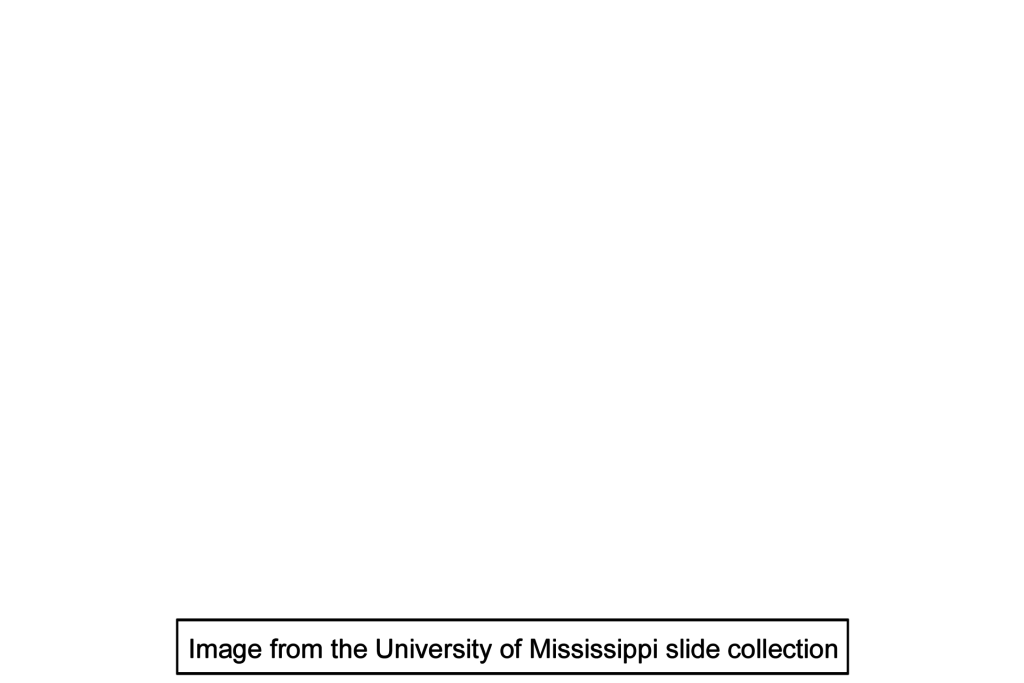
Non-sensory retina
The non-visual, anterior portion of the cup-shaped retina is reduced in thickness and number of layers from the photosensitive portion. This non-visual retina forms the posterior lining of both the ciliary body and the iris. The junction of the two portions of the retina is called the ora serrata.

Area shown in right panel
The non-photosensitive, anterior portion of the retina is reduced in thickness and number of layers from the photosensitive portion. This non-visual retina forms the posterior lining of both the ciliary body and the iris.

Non-sensory retina >
The non-photosensitive, anterior portion of the retina is reduced in thickness and number of layers from the photosensitive portion. This non-visual retina forms the posterior lining of both the ciliary body and the iris.

- Pigmented layer
The non-photosensitive, anterior portion of the retina is reduced in thickness and number of layers from the photosensitive portion. This non-visual retina forms the posterior lining of both the ciliary body and the iris.

Ora serrata
The ora serrata marks the boundary between the the photosensitive retina and the lining portion.

Ciliary body >
The ciliary body consists of two regions, the pars plicata which supports the ciliary processes and the pars plana which is the flat region between the pars plicata and the ora serrata. The non-sensory retina covers both regions and extends to line the posterior surface of the iris.

- Ciliary processes
The ciliary body consists of two regions, the pars plicata which supports the ciliary processes and the pars plana which is the flat region between the pars plicata and the ora serrata. The non-sensory retina covers both regions and extends to line the posterior surface of the iris.

Lens
The ciliary body consists of two regions, the pars plicata which supports the ciliary processes and the pars plana which is the flat region between the pars plicata and the ora serrata. The non-sensory retina covers both regions and extends to line the posterior surface of the iris.

Sclera
The ciliary body consists of two regions, the pars plicata which supports the ciliary processes and the pars plana which is the flat region between the pars plicata and the ora serrata. The non-sensory retina covers both regions and extends to line the posterior surface of the iris.

Image source >
Image taken of a slide from the University of Mississippi collection.